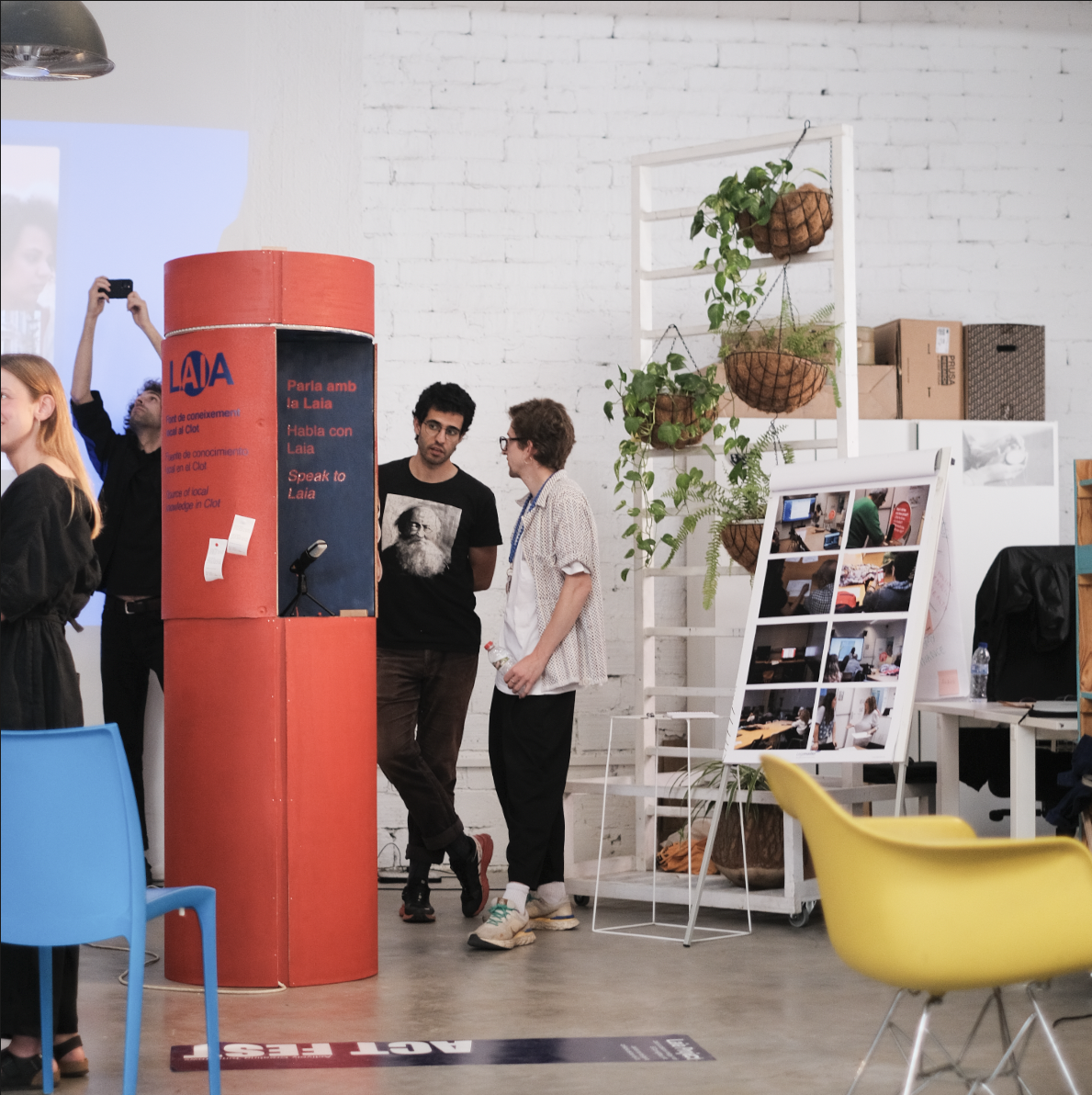LAIA
An industry partnership focused on implementing neural networks in embedded systems, making AI accessible on edge devices with limited resources.
Collaborators

Nuria Valsells
Communication & Design

IAAC
Hosting Institution

Overview
AI on the edge
LAIA (Lightweight AI Architecture) is a groundbreaking initiative that brings sophisticated neural networks to resource-constrained embedded systems. By optimizing AI algorithms and architectures, we enable intelligent capabilities on devices with limited processing power, memory, and energy.
Project Goals
- Develop optimized neural network architectures for embedded systems
- Reduce power consumption of AI applications by 80%
- Enable real-time inference on microcontroller-class devices
- Create open standards for embedded AI implementation
Key Innovations
- Model compression techniques achieving 10-15x size reduction
- Hardware-aware neural network design
- Mixed-precision computation frameworks
- Energy-efficient inference engine
This industry partnership brings together experts in neural networks, embedded systems, and semiconductor design to push the boundaries of what's possible with edge AI.
Technology
How LAIA works
Neural Network Optimization
LAIA employs several techniques to make neural networks run efficiently on resource-constrained devices:
- Quantization: Reducing precision from 32-bit float to 8-bit or even 1-bit representation
- Pruning: Removing unnecessary connections in the network
- Knowledge distillation: Training smaller networks to mimic larger ones
- Architecture search: Automatically finding optimal network structures
Runtime Environment
The LAIA runtime provides an efficient execution environment for neural networks on embedded systems:
- Memory-efficient tensor operations
- Hardware acceleration interfaces
- Dynamic power management
- Fault tolerance mechanisms
Technical Specifications
Memory Footprint:
10-100 KB
Computation:
0.5-5 MOPS
Power Consumption:
1-50 mW
Target Hardware:
ARM Cortex-M, RISC-V
Applications
Real-world use cases
Smart Sensors
Intelligent sensors that can process and analyze data locally, reducing bandwidth needs for IoT applications.
Deployed in smart city infrastructure
Wearable Health Monitors
Health devices that can detect anomalies and provide real-time analysis without sending sensitive data to the cloud.
Used in clinical trials
Industrial Monitoring
Equipment monitoring systems that detect faults and predict maintenance needs without requiring constant connectivity.
Implemented in manufacturing facilities
Smart Appliances
Consumer devices with AI capabilities that respect privacy by processing data locally.
Licensed to appliance manufacturers
Agricultural Monitoring
Field sensors that can analyze crop health and soil conditions even in areas with limited connectivity.
Pilot programs in rural areas
Security Systems
Edge-based security monitoring that can identify potential threats without streaming video to external servers.
Deployed in commercial buildings
Partners
Our industry collaborators
MicroTech Semiconductors
Hardware partner providing optimized chipsets for AI inference.
EdgeAI Solutions
Software partner specializing in embedded AI frameworks.
IoT Systems Inc.
Integration partner deploying LAIA in commercial IoT applications.
Become a Partner
We're actively seeking new industry partners to expand the LAIA ecosystem and bring embedded AI to new markets and applications.
Contact Us